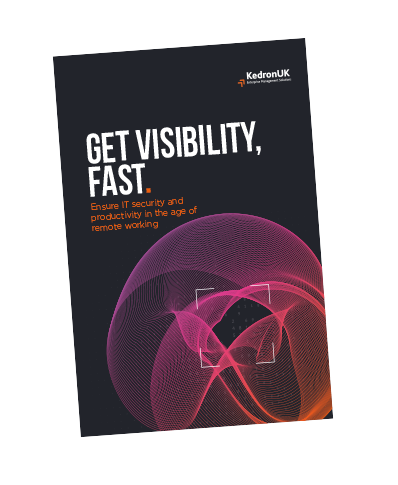
Network Management a Simple Truth Garbage In, Garbage Out
I’m often ridiculed for how frequently I use the expression ‘garbage in garbage out’, in fact many of my colleagues know when I’m about to say it and mouth it back to me, so let’s get it out of the way now; When it comes to commissioning, or onboarding, an NMS I believe the administrators mantra should be GARBAGE IN GARBAGE OUT!
An NMS comes into its own when alerting an incident, providing the location of a root cause or allowing you to obtain data for a report, and if the commissioning and maintenance of the system has been sloppy, then you will get what you deserve.
With the best will in the world, however, unless data input is managed and controlled to defined best practises, users will often resort to ‘minimal input’ to achieve their goal. This is often exacerbated by new and or inexperienced users being tasked with the process of commissioning or on-boarding, which often occurs a little while after initially installing a new NMS, when the experienced engineers move onto the next project.
During the initial commissioning phase of a new NMS, time and emphasis is placed on the quality of the input, only later for this repetitive task being given to less experienced users with ‘Local Work Instructions’ (LWI’s). LWI’s provide a guideline of best practise, but provide little if no governance of best practises, add to this human error, and a company quickly moves to the ‘garbage in garbage out’ situation, there, I said it again.
Usually at the outset of deploying a new NMS platform, great emphasis is placed on the presentation and structure of the solution:
- Will device grouping be geographical, service, business unit, device type or the like?
- Will augmented data be required from additional sources, such as address or Geo data, service contracts and SLA details?
- What device tags will be required for filtering and reporting?
- Which user groups will have which roles and visibility?
- What views will be created and who will have visibility?
Defining these, however, is only the first step; enforcing them, moving forward, is entirely another.
Why, though, is this so important? Carefully crafted reports, for example, with filters that include inventory items based on specific attributes, will only continue to include all the required inventory, if the specific attributes used in your filters are completed correctly by your users. It is very common to see systems that looked so complete and fit for purpose, when initially commissioned, to be far from being fit for purpose just six months later.
Additionally, understanding what’s missing from an NMS, continues to present a major challenge to administrators; how do we know what we don’t know?
For well over a decade, KedronUK have worked in conjunction with some of the UK’s leading network management companies with best of breed network analysis and management tools and platforms, in the process we have defined best practises in utilising these tools and platforms. In recent years, our Customers have increasingly called for automated processes and procedures to enforce these defined practises.
Therefore, we have developed our ‘Commissioner Portal’ to define and enforce configured inputs, reducing human error and ‘free form’ inputs to a minimum. Empowering inexperienced users to on-board devices exactly as administration define and presenting network management tools with a clean set of data.
The Commissioner Portal allows for the definition of associated data sets to be created in advance which are simply selected by the end user rather than having to be input at the point of inventory insertion each time. This could be a data set related to a physical site location for example. The data set for a Site can be as extensive as required but does not require re-entry every time an inventory item is added to that site.
With a set of predefined reports, the user is able to see at a glance the current status of his onboarding attempts and ‘see’ what is missing from the NMS, when compared to the commissioning database.
We have recently made the decision to combine the Commissioner Portal with the KedronUK TOTUUS solution. The Commissioner Portal now becomes a module of the already extensive TOTUUS solution, with its Data Connectors (DCX) providing automation of Inventory updates from 3rd party systems and flat file locations, along with automated data normalisation, allowing for seamless commissioning of an NMS solution from 3rd Party systems or element managers.
If any of the above strikes a cord with you please get in touch with us here.

Kirsty Jones
Marketing and Brand Development Lead
Spreads the word further and wider about how we can help connect and visualise your IT Ops and Sec Ops data.



